The Article
Arcam irDAC-II: building on the success of the rDAC
17th October 2016
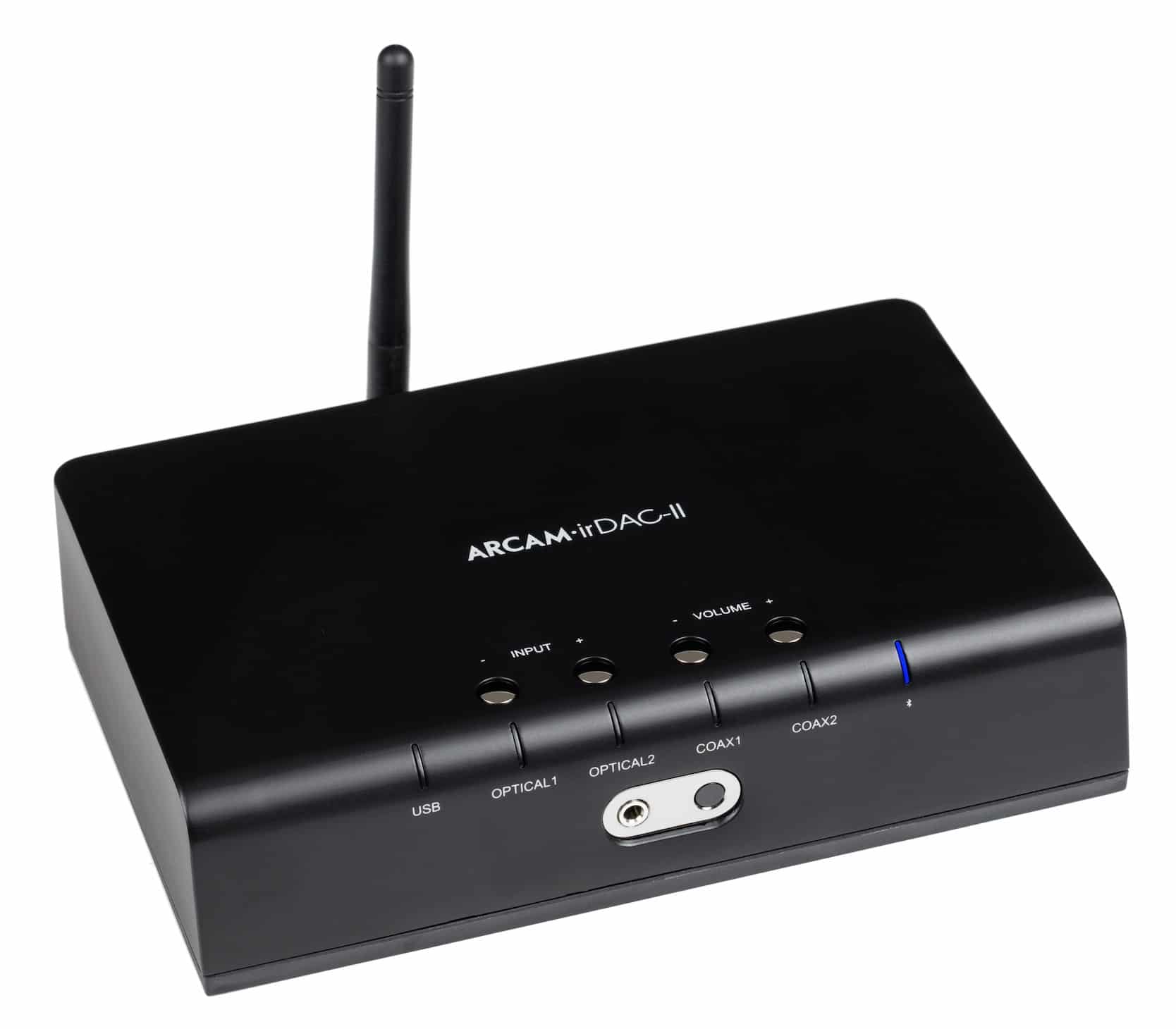
I like the Arcam irDAC range. It has a real family image, you can recognise one at 30 paces and it has undergone several generational improvements over time including the internal isolation of components in an attempt to reduce noise
This is a tricky thing to do in such a small chassis. And the more you stuff into it, the harder that task becomes. The latter new internal circuitry includes an additional headphone amplifier stage (direct from the A49 amplifier) and the adoption of an ES9016 Sabre DAC. You’ll also see aptX-driven Bluetooth plus DSD128 support through the asynchronous USB input, as well as PCM support up to 24bit/384kHz.
Apart from the remote control, you will also find two coaxial inputs, handling files up to 192kHz, and two optical sockets limited to 96kHz. Fixed and variable analogue sockets allow you the choice to give volume control to other components in your hi-fi chain.
IN USE
I still use the original rDAC in its silver chassis. The design of this later generational variant, though, seems to have progressed slowly – possibly too slowly – in terms of the evolution of the interface, to the detriment of the user. For example, where is the indication of the sample frequency? This information is standard fare via DACs of this price point and higher. Also the controls at the top of the chassis only covers most of the commands. If you want to mute the DAC, you need to press both volume buttons together. Also, if you want to initiate the Pair mode for Bluetooth then you need to press both Input buttons together. I disliked this method intensely. Of course, we all have our personal hi-fi likes and dislikes and style preferences but my problem with these commands go further. Every time I tried to select these modes, it would take three of four tries before the command stuck. The problem was that I was not pressing both buttons exactly at the same time. And I mean exactly. This cack-handed mode switch triggered immediate frustration which is not, I’m sure, the intention. But look, really, why should I? Why should I be even asked to initiate commands in this fashion, in the first place? Why not add a couple of extra simple switches to initiate these important commands? And that’s the thing, they will be used on a frequent basis so frustration will be your frequent companion.
What’s worse is that there is a mute option on the remote but no ‘pair’ option. This shows that the light just didn’t go on above the designer’s head at all. No issue or problem was seen here. Even if the designer had added a pair button to the remote, it wouldn’t have helped. I don’t always want to use the remote. I want choice, not restrictions.
SOUND QUALITY
I began with my SSD-powered Apple MacBook laptop, plugged into the USB socket, and Audirvana software playing jazz vocalist, Carol Kidd’s 16bit/44.1kHz WAV of There Goes My Heart. This simple track has Kidd singing, accompanied by a single acoustic guitar that offers a whole heap of fancy finger pickin’.
This track is all about detail, articulation and, above all, space. It’s also, because of the sparse nature of the arrangement, extremely revealing. The Arcam, although it could have exhibited a touch more space, did a good job in delivery of both detail and nuance to the ear. For the price, it offered both texture and incisive detail. For example, Kidd has a slight nasal quality within her delivery. There are certain nasal aspects of her singing that makes you think that she has a slight cold (you want to offer her a tissue). The Arcam was able to reveal this rather subtle aspect of her voice without any problems. Similarly, the easy going nature of the Kidd vocal was also conveyed without fuss. Kidd sings as if with a smile on her face (sniffles or no sniffles). This aspect of her delivery was also highlighted well by the DAC.
In terms of the guitar, this instrument was tonally impressive, for the price, while its several nuances were highlighted to great effect by the Arcam as it shined a light upon the instrument. The strength and boldness of the bass notes provided a rich flavour while the plucked higher frequency strings revealed just how precise the Arcam can be on a jazz-inflected track.
Similarly on the 24bit/96kHz blues track sang by Harry ‘Big Daddy’ Hypolite, Big Bad Girl, this ageing blues shouter with again a single guitar as the accompaniment impressed with both the power of his voice and the forceful nature of his guitar playing. The Arcam also impressed but, this time, because of its disciplined soundstage. It would have been easy to allow the shouting blues man to smear his voice all over the guitar, filling all available space and more. Not here. I would have liked to have had a touch more air in and around the soundstage but the detail of the guitar was admirably preserved so that string-bourne nuances were retained.
Using the Arcam as a DAC to hang off my Leema CD player, via the coax connection, I inserted the David Gray CD Radio Mix single for Babylon and was impressed by the precision of the Arcam’s presentation. Gray’s voice was tightly controlled and efficiently presented while his piano was dynamically exciting and focused. Percussion was both tight and full of impact, giving an impression that this instrument had power to burn. All of the time, though, the admirable instrumental separation never allowed the ear to lose detail in bloom or smearing.
Connecting Bluetooth to my device was not without difficulty. It took a little while for both my iPhone 6S and MacBook to connect. That might have been my fault or a temporary issue with my router but other hardware reviews utilising the same system have not had any similar issues. Once connected, they played without problems, lacking, because of the inherent streaming process, the usual sense of depth and detail but making a pleasant enough noise, despite those technological limitations.
I hooked up the headphone amplifier section of the Arcam. A slightly compressed, clinical edge came to the fore via the headphone stage, especially when compared to popular competing DACs, which offered a far more open and relaxed demeanour. In comparison, the Arcam supplied rather strident upper mids and splashy treble while bass notes snapped and barked instead of rolling easily. There were plus points including the bass impact and punch while the vocals remained incisive and detail was combatively illuminating.
Finally, I connected the DAC to my Samsung Smart TV set up, via optical, which holds a Rega Mira amplifier and Spendor S3/5R speakers. The Arcam produced an attractive TV-based soundstage, offering tight and punchy low frequencies which were ideal for explosions, slamming doors and portentous orchestral chords with a precision in the upper frequencies that was very useful for quietly spoken voices.
CONCLUSION
Despite the slightly restricted and, at times, clinical aspect of the headphone amp’s upper frequencies (did Arcam squeeze one too many features into the tiny box?), the Arcam irDAC-II is a fully featured product that offers, in broad terms, excellent sound quality, although it is rather more successful when connected to other hi-fi components than as a pure headphone amplifier. In fact, note to Arcam? Bin the headphone amp, guys – you don’t need it, it drags the entire design downwards. In fact, it knocked a point off the rating here. For those not interested in the headphone amp part, then see the rating for this review as a ‘7’ or if the interface issues are not a problem then give it a private award with an ‘8’. I say all of this because I wanted the DAC to succeed. I was really rooting for it. The DAC itself (which is, after all, the point of this box) really did impress in how it corralled unruly frequencies, preventing music losing control and keeping a firm control on the arrangement and the soundstage. And I loved the small footprint which is ideal for compact systems and TV work. Buy the irDAC-II as a DAC and you’ll have a great time.
ARCAM irDAC-II
Price: £499
Web: www.arcam.co.uk
Email: [email protected]
For more specifications, click HERE.
GOOD: bass impact, soundstage discipline, feature count, TV integration
BAD: interface button combinations, headphone amplifier
RATING: 6
REFERENCE SYSTEM
Arcam rDAC
Henry Audio DAC
Chord Mojo DAC
Leema Elements CD player
MacBook SSD laptop
Vertex AQ, Atlas and Chord Shawline cables
Aesthetix Calypso pre amp
Icon Audio MB845 Mk.II monoblocks
Rega Mira integrated amplifier
Quad ESL-57 electrostatic speakers with One Thing Audio upgrades
Spendor S3/5R speakers
Sennhesier HD800 headphones with Kimber Axios cables
Samsung Smart TV

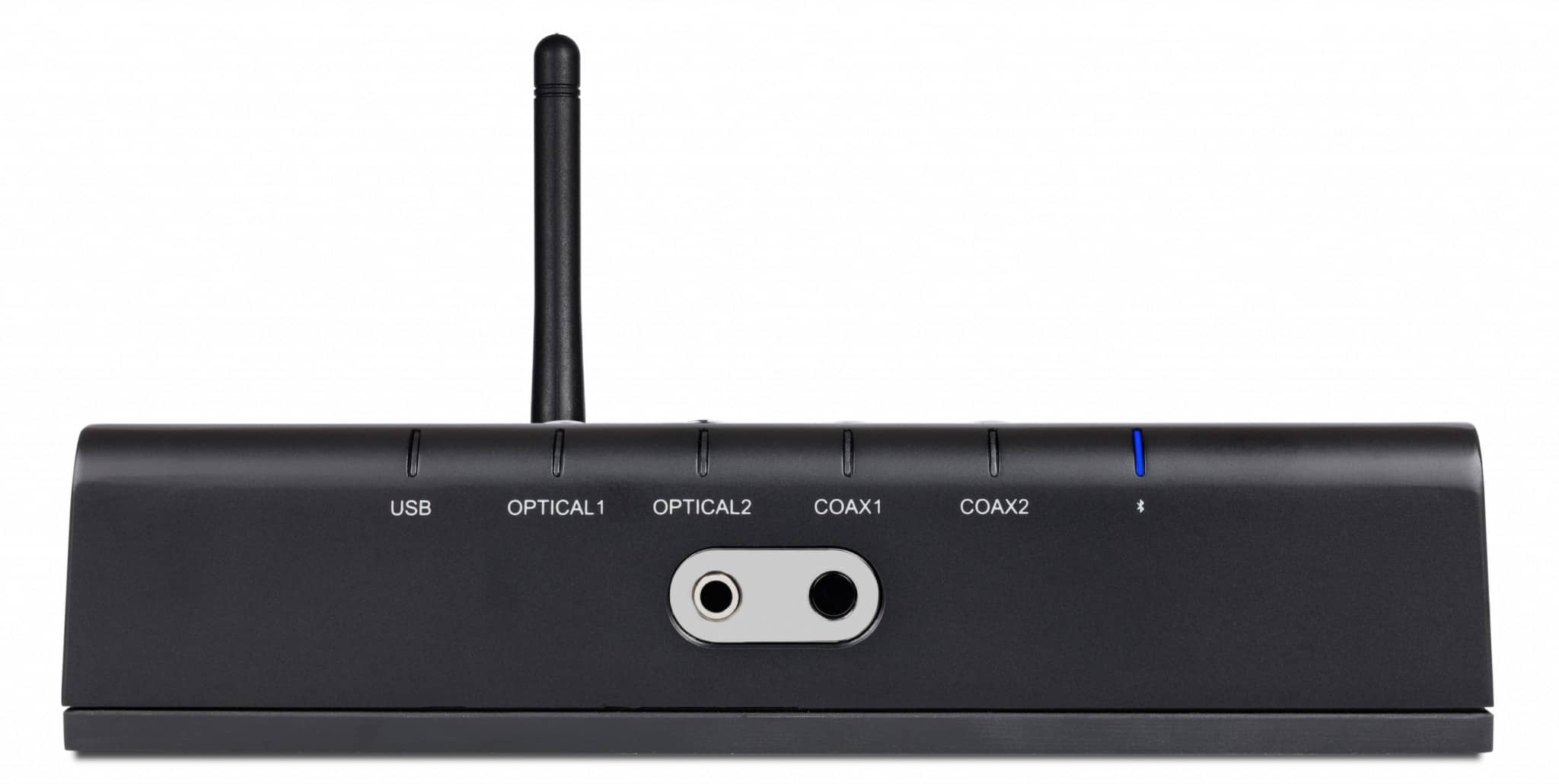


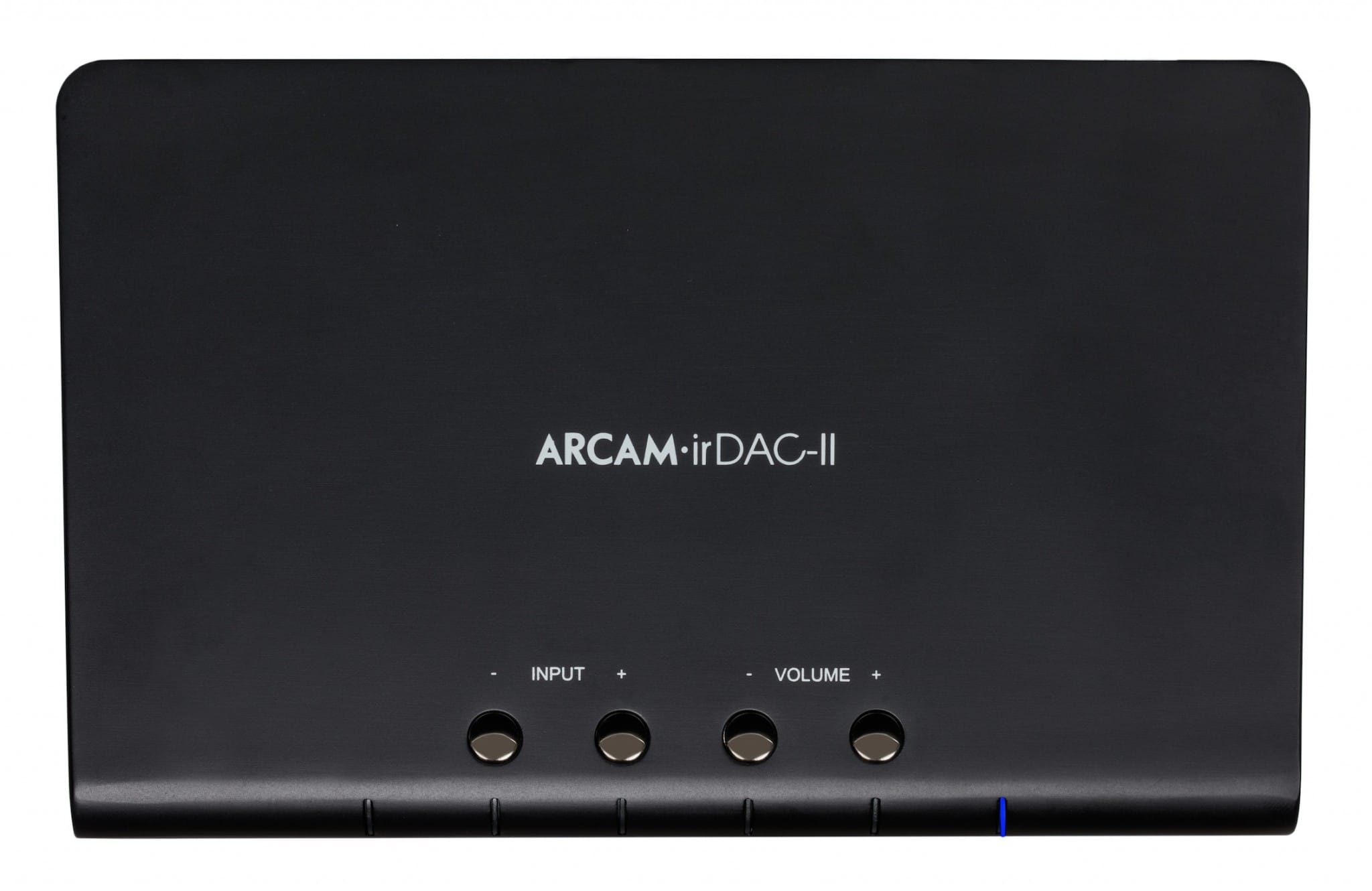
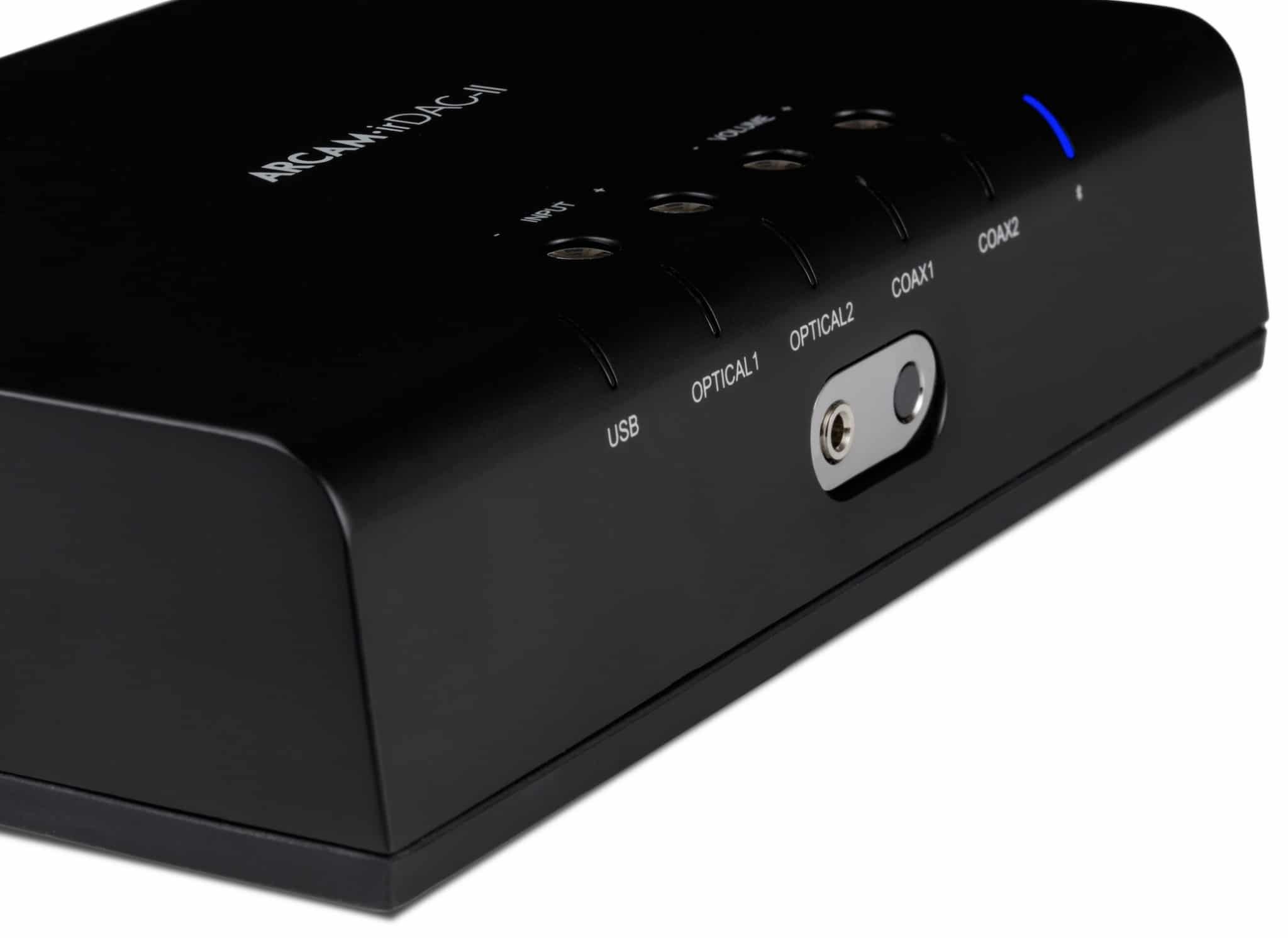
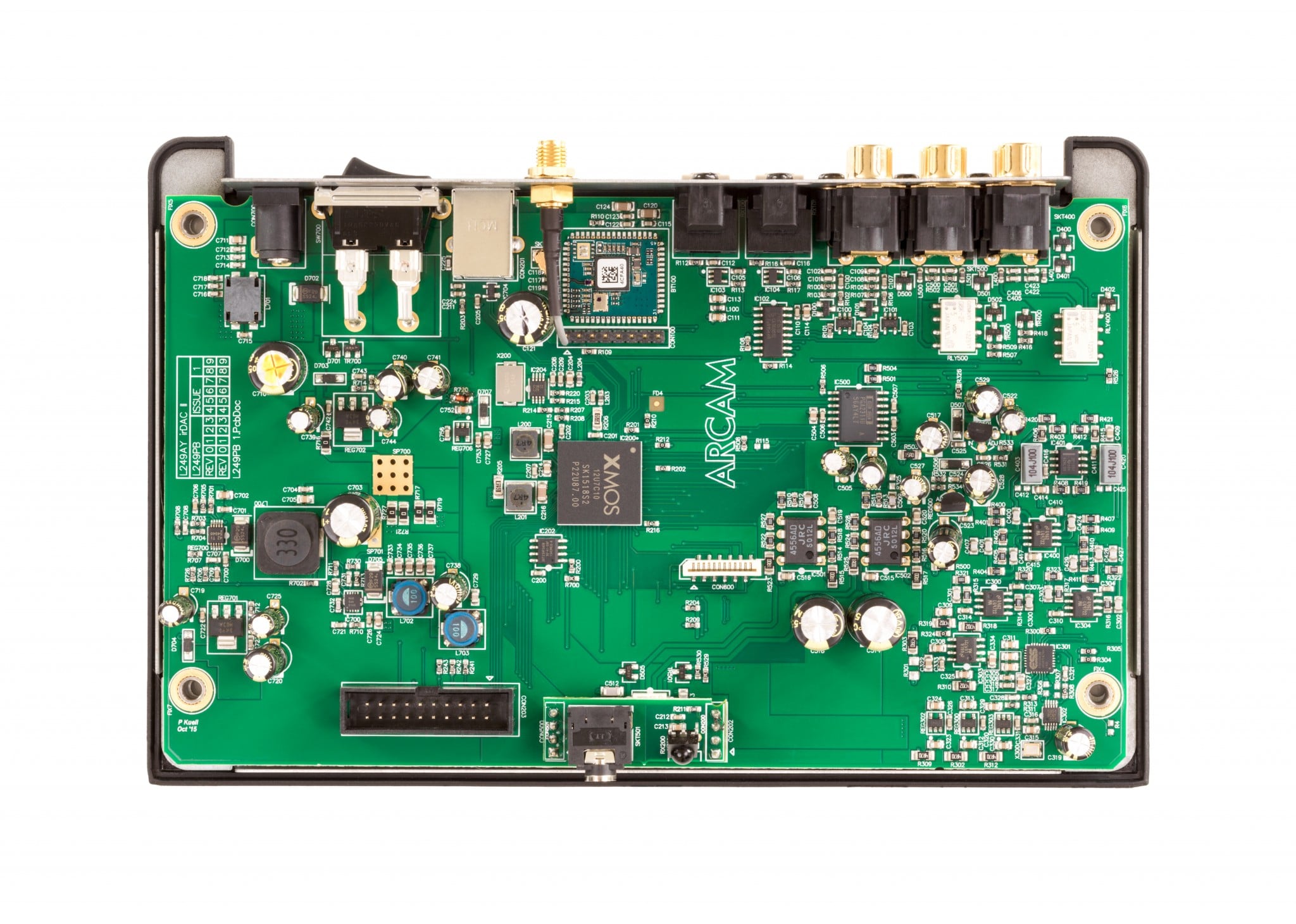


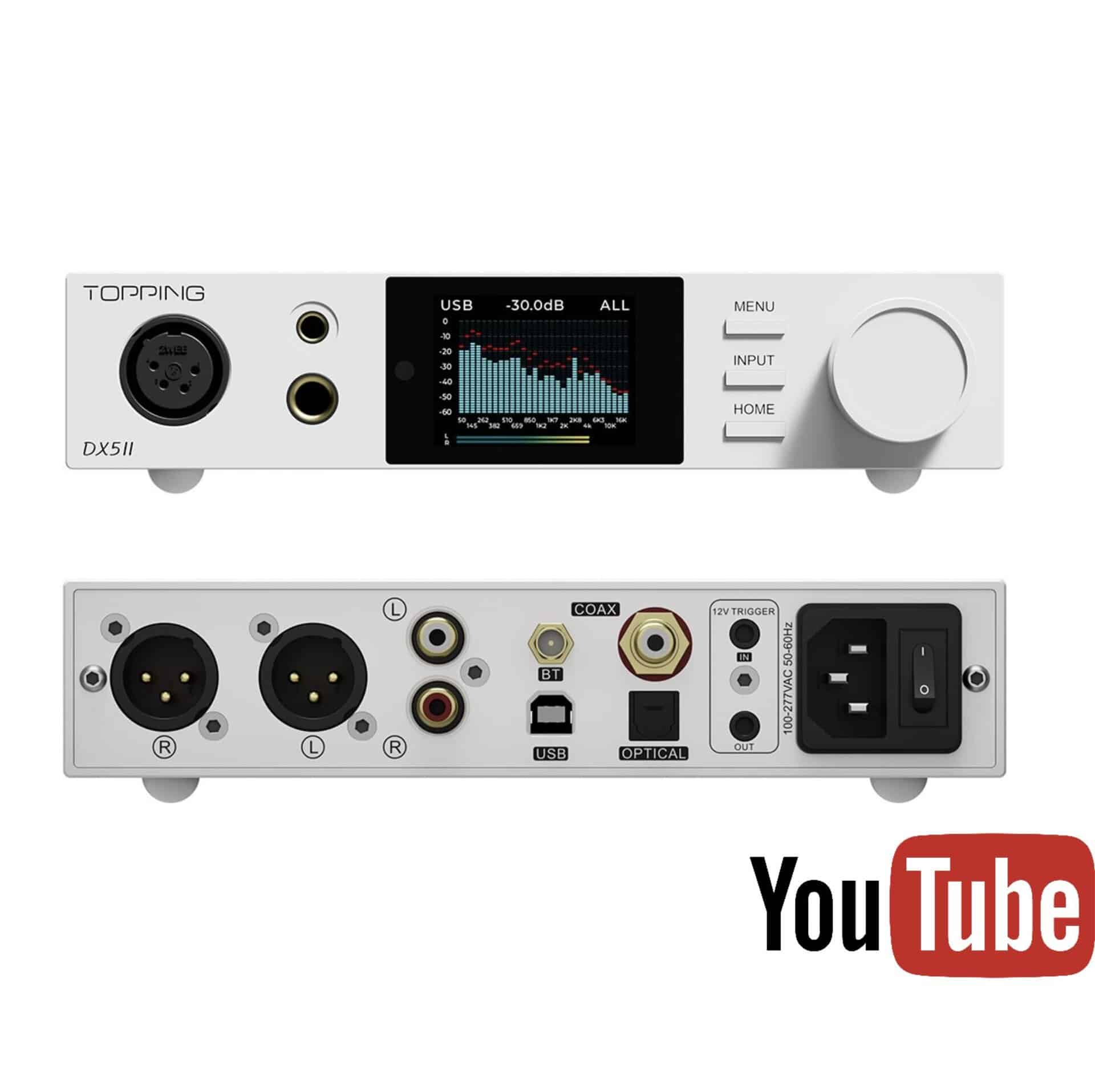
Quality entry-level components are crucial to keeping the new listener’s hooked on hifi.
Thanks for that Dave 🙂
I am trailing one of these now but basing my opinion purely on use as a DAC hooked up to my hifi. The Bluetooth was a little fiddly as you outlined but the sounds via that connection from Spotify are pleasing to the ear, even on the most middle of the road quality streams.
Quality from digital coax in and then back out via RCA phono is quite cultured, rounded if perhaps not always the most thrilling. Maybe I need to get used to the sound. I haven’t forgotten about your other recommendation of the Schiit Modi Multibit but for an extra ¬£30 this does have a few more connections and the Bluetooth which is a very useful extra.
I wonder if the Multibit would give an even fuller sound.
Hi John
I would always go with my first impression re sound. If you decide to ‘get used to the sound’ then you are adapting to ‘it’. Really, it should adapt to ‘you’ 🙂 what you need to look for, is the box that thrills and wows you.
Paul, you are absolutely right. I have done some comparison with and without the DAC and though there is an improvement tonally I am still unsure it is enough to warrant the outlay. Spotify through the Bluetooth is pleasing enough with the instruments but vocally I am experiencing some harshness. The latter is s boon and something the Modi Multibit doesn’t have but if it’s relentless or harsh then there’s not plus there.
OK, that’s all good, though because you’re filtering and have made a decision on that one. If you are able, give the Modi a try.
Yes, I took that thing back to Richer Sounds for a refund after borrowing the display model on a trial. I have an old Marantaz 603 with AirPlay built in and when I compared the sound to the Arcam via Bluetooth I found not a whole lot of difference at all. in trials with CDs hooked up to the amp I found very little discernible difference between the DAC in this and the DAC in my Marantz HD Amp either. And as I don’t intend to use this as a headphone amp there were no compelling reasons to buy and use up ¬£300. Sorry, Arcam.